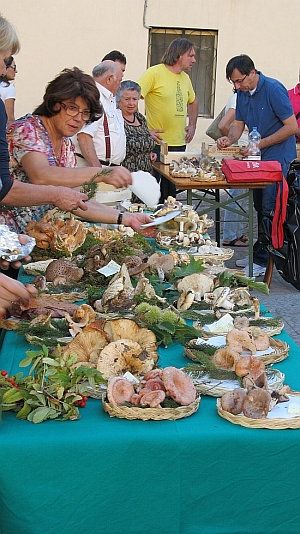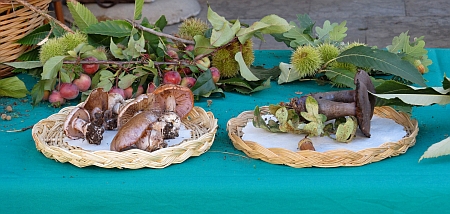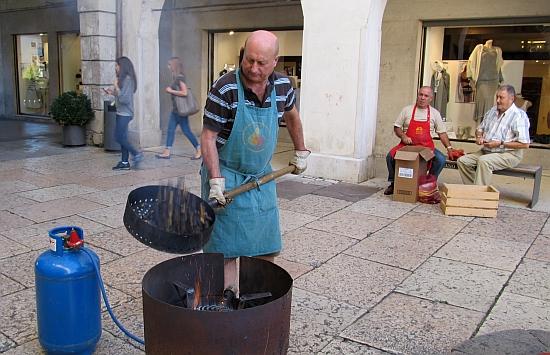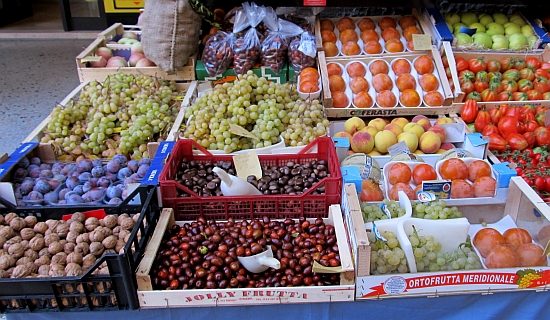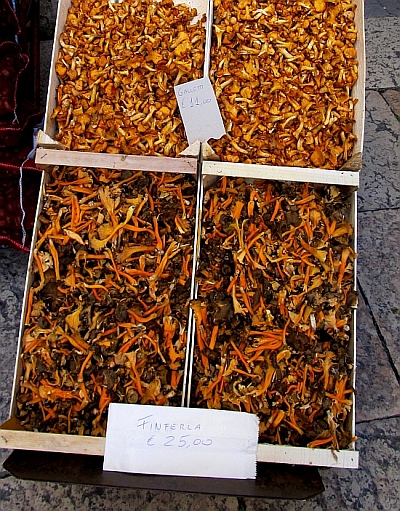The first day of autumn came and went as decreed by the cosmos, but around here summer didn’t get the memo. The heat wave that began some two months ago is still enjoying itself thoroughly, lolling on the beach, gleaming on the Alpine peaks, bringing joy to the daring hoteliers who risked staying open and not unconsiderable damage to the farmers.
It was the hottest September on record; on average, nearly 3 degrees above the norm. In Piemonte, Torino registered 30 degrees C (86 degrees F), a September temperature it hasn’t felt since 1753. Rainfall has become a distant memory.
The farmers are not amused. Not only are the crops lollygagging along for lack of rain and excess of heat, but the harvest, whenever they manage to make it, is going to be puny. Ten percent fewer grapes, and they’re already fermenting — unheard of. Tomatoes and olives and rice are down 20 percent.
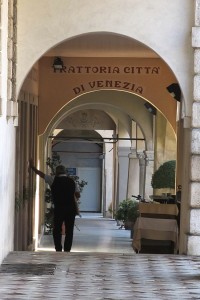
But one crop is still going strong: The Adriatic beaches continue to pullulate with tourists even though the kiosks are closed and the lifeguards have all gone home. Some wag had his picture taken under his big umbrella holding a batch of chestnuts, two seasonal icons which have never met and probably never even heard of each other.
But let’s make the proverbial hay while the proverbial sun is still proverbially glowing. Even though school started two weeks ago, Gianni Stival, vice-mayor of Caorle (a beach town) is dreaming of a bumper crop of late vacationers and has proposed — not for the first time — that the Veneto postpone the first day of school for two whole weeks.
“It would be good for tourism,” he explains, “because now when the first school bell rings at the middle of September, families are compelled to go home.” And take all their money with them. Never mind if little Bepi never learns the names of the European capitals or the definition of plankton or that when a girl says “no” she’s pretty likely to have meant “no” (oh wait — they don’t teach that). Whatever is good for tourism is, by definition, good for everybody, assuming that little Bepi has somehow learned to count past 20. Or maybe that doesn’t matter either, now that cash registers calculate the correct change.
Last Saturday we decided to become tourists, in our own small way, so we took the train to Conegliano, a small but prosperous provincial town just 58 km (36 miles) from Venice. Conegliano is famous for Prosecco and a painter named Giovanni Battista Cima (1460-1518), nicknamed “da Conegliano,” or “from Conegliano,” so we don’t confuse him with all those other Giovanni Battista Cimas.
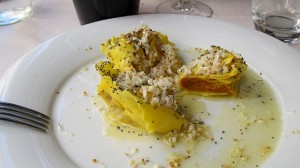
It was a heavenly day — sorry for the farmers, but we loved it, even though we were thwarted in our intention to browse the weekly market, which spreads along the main street and its tributaries offering everything from socks to handmade baskets. Don’t assume that Saturday has been ordained by God, or the mayor, as the perfect day for a big market. Turns out they hold it on Friday. In case you ever need to know.
